It has been a busy few weeks since I last posted. We were able to finish planting beans just before Mother’s Day. The cold, damp spell that followed created some issues for those last beans to emerge. However, after running the rotary hoe to loosen the ground and make emergence as easy as possible for the beans, we were able to get good stands almost everywhere. We ended up only needing to replant a few small corners.
Corn growth nearly stood still during that cool period and some low areas even showed some frost and purpling due to the cold (see picture). However, that now seems like a distant memory as we have been in what feels like the heat of summer for a few weeks now. The corn quickly grew and took on an excellent deep, green color. We were able to complete herbicide spraying on both corn and beans in a timely fashion and moved right into Y-Drop nitrogen application. As a couple of the pictures show, we were also able to get the spring equipment cleaned and shined up and put away!
We again used the Y-Drop system mounted on the sprayer as shown in the pictures and videos below to apply our last application of nitrogen to the corn. It allows later application than other methods and precise placement directly at the base of the stalks (check out the slow-motion videos of the units placing the nitrogen). The timing and placement helps promote more efficient nitrogen usage an reduce risk off nitrogen loss. We were able to get it all applied before Tuesday’s rains. Although some fields only received 0.2″ of rain, the funneling effect of the corn plant directs the rain right to the base of the plant and allows the nitrogen to be taken into the soil and root zone with only such small amounts of rain.
We were able to use our SoilScan nitrate testing machine to help tweak the rate of nitrogen we applied according to the level in the soil just before application. We also used that data to create some variable rate prescriptions that varied the amount of nitrogen applied based on the soil characteristics of different areas within a field. We will have some good trials to look at come harvest to compare the performance of our variable rate prescription to constant rates and also to some variable rate prescriptions that we demoed from Encirca and FarmLogs. These companies use weather and soil data to model and predict nitrogen needs.
Both the corn and beans look to have great potential. Some fields received over 1 and even 2 inches of rain on Tuesday are well situated to handle the heat. The corn fields around home that only received a couple of tenths still look good but are showing signs of needing rain during this heat. With steady heat in the extended forecast, we will need some timely rains to keep everything looking as good as it does!
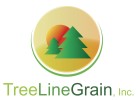
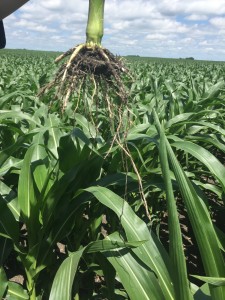
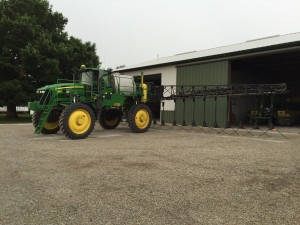
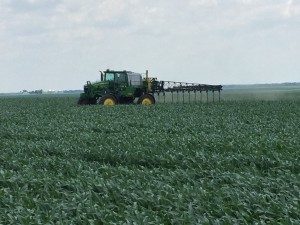
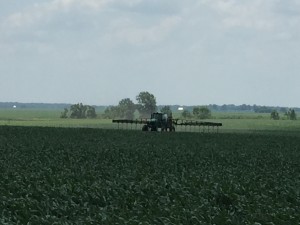
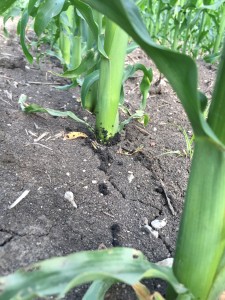
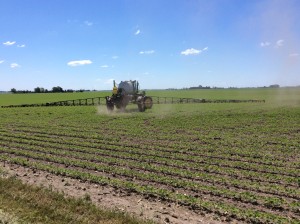
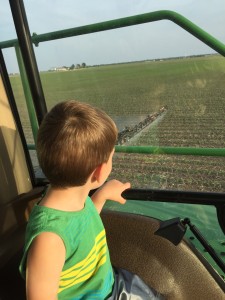

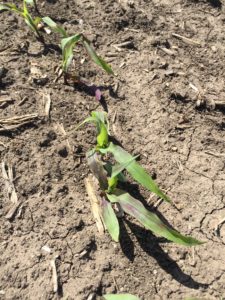
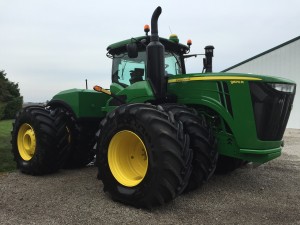
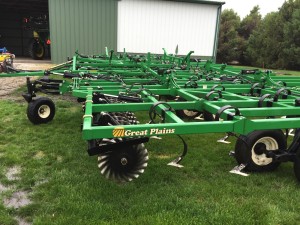

Leave a Reply